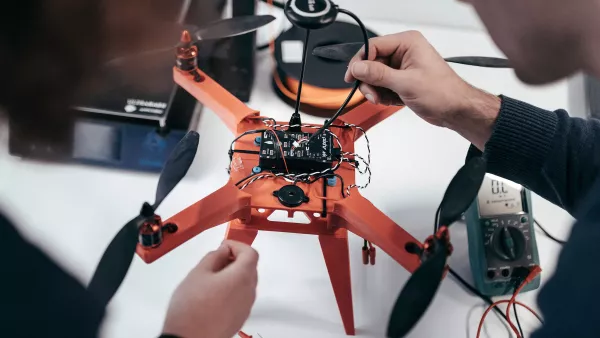The field of lightweight construction and simulation is one of the supreme disciplines of mechanical and vehicle engineering, requiring all the knowledge of materials science, shaping and structural calculation. The lighter a product, the less energy is required to operate it during its service life. This important ecological aspect has a decisive influence on the overall balance in lightweight construction.
Key areas
During your studies you will study lightweight construction materials and functional materials (smart materials) in depth, with particular emphasis on lightweight construction methods and joining technologies. Lightweight structures are designed with the aid of fatigue strength, the finite element method (FEM) and numerical structural optimization.
5th semester:
- Control engineering (modeling, simulation)
- Development project
- Lightweight construction and structures
- Project
- 2 compulsory elective modules
6th semester:
- Joining technology for lightweight construction
- FEM (Finite Element Method)
- Fatigue and Structural Optimization
- Smart Materials and Bionics
- 2 compulsory elective modules
Elective options:
From the 5th to the 7th semester, there are extensive elective options (5 modules) to deepen your knowledge and interests.
Career & prospects
The first lightweight construction products were developed in the Lake Constance - Upper Swabia region over 100 years ago. This gave rise to numerous high-tech companies. Lightweight construction specialists are not only in demand in the aerospace industry and in earthbound vehicle construction. They are also needed, for example, in the structural design of wind turbines, robot components and in medical technology (e.g. endoprosthetics and exoprosthetics).
